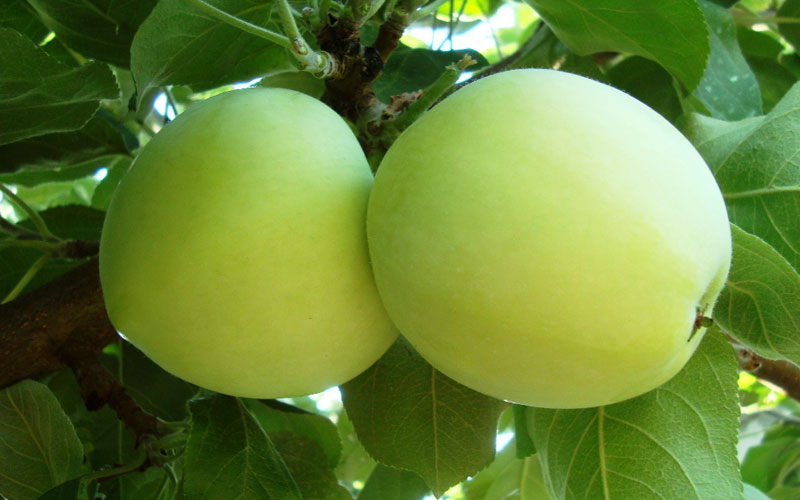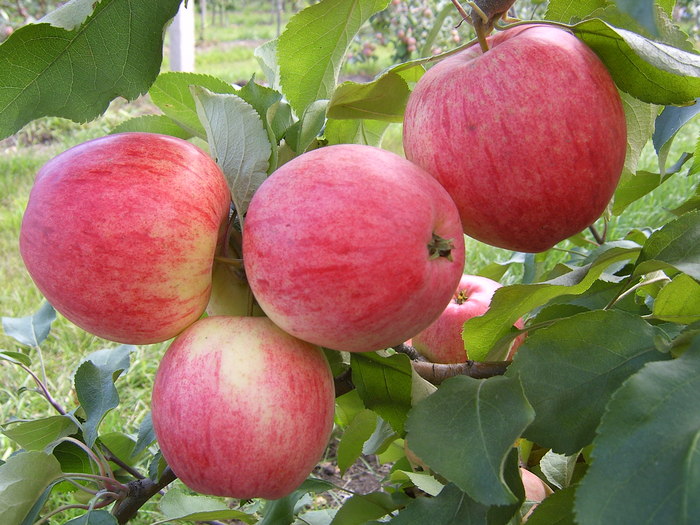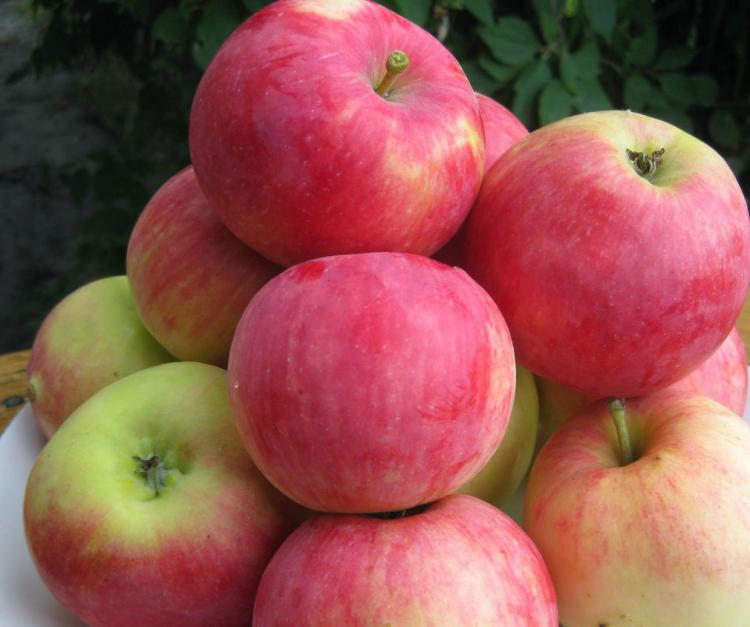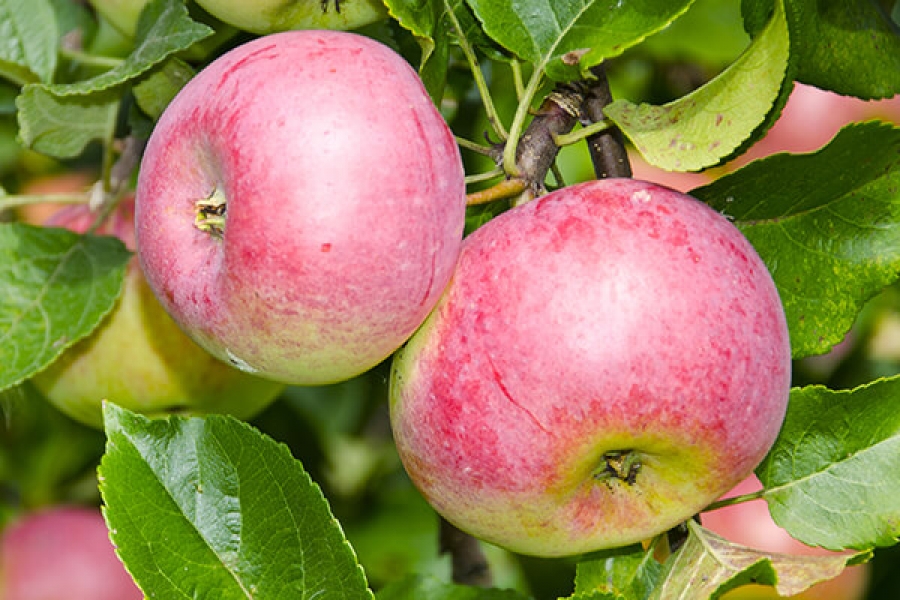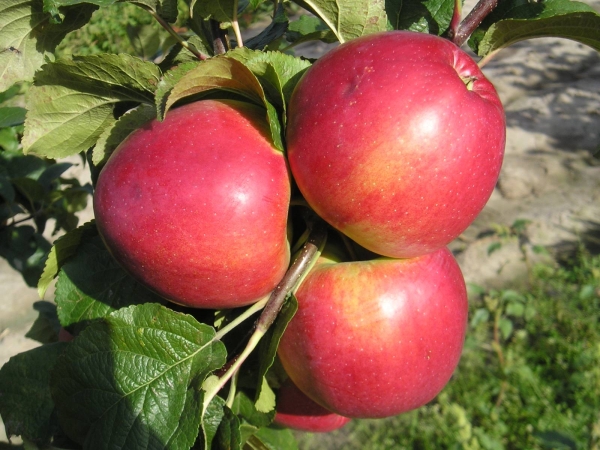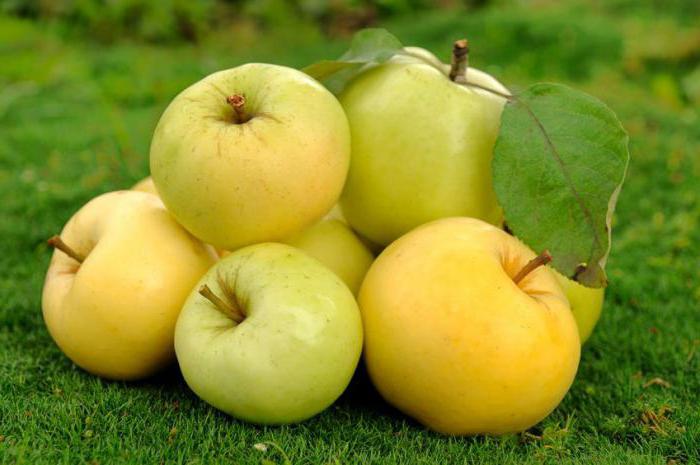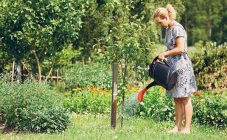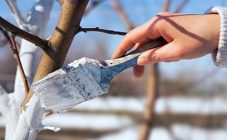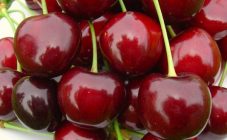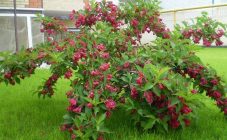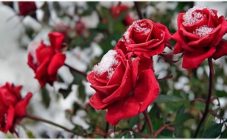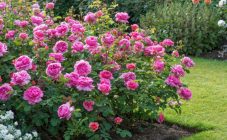Content:
For those gardeners who grow crops in a harsh climate, such an indicator as winter hardiness is very important, especially for growing in the northern regions. Winter-hardy apple varieties tolerate cold winters well. Scientists have developed a wide variety of apple varieties, among which there are cultivated trees with good frost resistance. To obtain a good harvest in areas with a cold climate, the decisive moment is the correct choice of a frost-resistant apple variety.
Basic information about the apple tree
The apple tree is an unpretentious tree and bears fruit even in the coldest regions. Apple trees growing in gardens spread their branches wide. The tree blooms in spring at a temperature of at least 15 degrees and lasts only 10 days. In different regions, apple trees bloom on time. The tree begins to bear its first fruits after 3-5 years and continues to bear crops for another 50 years.
Popular varieties and types of apple trees
All apple trees can be divided into several varieties:
Summer - are distinguished by early ripening (July). The fruits are not stored for a long time, so they must be eaten or processed within three weeks. Popular summer varieties include:
- White filling: ripens in early July, the height of the tree is up to 5 m, when ripe apples become white, the flesh is loose and coarse-grained. It tastes a little sour. Bears fruit for 5 years. Cold-resistant variety;
- Melba: apples ripen by the end of August. They are large in size, yellowish in color with a red blush. White flesh inside. It tastes sweet and sour. Bears fruit in its fifth year. It has an average winter hardiness;
- Mantant: The fruits have a green background and a bright red speck. Large, a lot of juice, firm flesh. It has good immunity, it does not tolerate severe frosts;
- Pear: apples ripen in August, small and medium-sized. The main color is pale green with pink stripes. The pulp is loose and juicy. The apples taste a little sour. Tolerates frost well;
- Candy: the apples are sweet. Fruit color is yellow with a bright red blush. The pulp is juicy and tender. Ripens by mid-August. Winter hardiness.
Autumn - the crop is harvested in early autumn. Fruits are subject to storage until mid-winter. They are the best option for conservation:
- Macintosh: medium size fruit, yellow-green color. The pulp is white with red veins. Frost resistance is below average;
- Strefling: large apples, yellow-green color with brown stripes. The pulp is pale yellow. It tastes sweet and sour. Good winter hardiness;
- Glory to the winners: fruits ripen by the beginning of autumn. The size of the fruits is large, they are green in color with a red blush. The tree grows large and spreading. Glory to the winners - a frost-resistant apple variety;
- Cinnamon striped: fruits ripen in September. Their color is greenish-yellow with red stripes. The pulp is yellow with red streaks. Cinnamon striped is the most unpretentious apple tree;
- Zhigulevskoe: apples are red with stripes. The pulp is coarse and tender. Ripen by the end of August. The apple tree is resistant to disease, but does not like frost.
Winter apple trees - the harvest ripens by the end of autumn. Stored for a long time due to its strong structure. Varieties:
- Antonovka: apples are yellowish-golden. The apples are crispy and white inside. It tastes a little sour. The variety is winter hardy and has good immunity;
- Jonathan: Apples can be large or medium. Fruit color is yellow-green with a red blush. The inside is crispy and juicy. The apple tree bears a good harvest. Jonathan is a frost-resistant variety;
- Pepin saffron: apples are red-green with a red blush. The inside is creamy. It tastes like sweet grapes. The fruits ripen in October. Brings a bountiful harvest. Average level of frost resistance;
- Golden: harvest ripens in September. Fruit size is medium to large. The color of the apples is yellow-golden. Inside, the pulp is juicy and has a dense structure. The taste is sweet. Good frost resistance. Poor drought tolerance.
Dwarf apple trees should be distinguished into a separate group. They are obtained by grafting the required variety onto a special stock. Their height is from 2 to 4 m, so harvesting is very convenient. The most suitable area for growing dwarf apple trees is Tatarstan. Such varieties of dwarf apple trees as Paradizka and Moskovskaya grushovka are successfully grown there.
Due to their properties, the varieties described above are very popular. If you plant several types of varieties at once, then apples can be enjoyed all year round.
Popular winter-hardy varieties
Apple trees for the northern regions have a wide variety of varieties. Some hardy apple trees are able to withstand temperatures down to -40 degrees.
Welsey
Apple tree bred in Minnesota. The fruits ripen in late autumn and early winter. The variety has been zoned in the Central Black Earth, Lower Volga, North-West and North Caucasian regions. Fruits are subject to storage until early March. The apple tree is prone to premature dumping of fruits, so the harvest should not be delayed.
A frost-hardy apple tree bred in Minnesota, self-fertile. Therefore, pollinators are planted nearby: Macintosh, Antonovka, Delicious. Description of the variety:
- tree of medium size, has a dense and wide crown. The main branches grow at an acute angle, so they can break off under the weight of the apples. Collections are used to prevent breakage;
- apples are medium, weighing 100-130 g. The peel is thin, greenish-yellow in color with a red blush;
- the pulp of the fruit is juicy, white with a greenish tint;
- the taste of the fruit is sweet with a slight sourness;
- fruits have good transportability, they can be stored for a long time;
- withstands frosts down to -20-25 degrees;
- begins to bear crops in 3-4 years, bears fruit in a year;
- harvest up to 250 kg.
The disadvantage of the variety is the great dependence of the taste of apples on climatic conditions. If summer is rainy the taste becomes herbaceous.
Lungwort
Refers to summer varieties. The main characteristics of the variety:
- high tree, up to 7 m;
- the fruits are large, up to 150 g of yellow-green color with bright red stripes, the flesh is dense and juicy;
- bears fruit in the sixth year and continues to yield up to 50 years;
- ripening of fruits in August-early September. The fruits ripen unevenly;
- flowering late May mid June;
- the variety is self-fertile. However, experts recommend planting pollinators: Pobeda, Anise, Cinnamon striped;
- the most winter-hardy apple tree. Suitable for growing in Siberia and the Urals.
The disadvantage of this variety is its short storage period (3-4 months).
Ural bulk
Hybrid of Papirovka and Ranetki. Variety characteristics:
- yield up to 2.5 centners;
- flowering - early June;
- tree 7-8 m;
- bears fruit from the fifth year annually;
- fruits ripen in mid-September;
- fruits: light yellow color, weight 60-40 g, juicy, sweet;
- apples are stored for 2-3 months;
- very winter hardy;
- self-infertile variety. The best pollinator is the Uralets variety;
Disadvantage of the variety: high susceptibility to scab disease.
Antaeus
Suitable for areas with sudden temperature changes. Characteristics of the variety:
- average tree height up to 3 m;
- fruits: the main background is green with a red blush, weight 250g;
- storage of apples for 5-6 months;
- bears fruit in the third year;
- the crop is harvested in late September - early October;
- the pulp is juicy and dense.
The disadvantages include susceptibility to scab disease.
Auxis
Bred in the Baltics, therefore it is designed for the weather conditions of this region. Variety characteristics:
- the growth of the tree is medium, the crown is thin;
- bears fruit for 6 years;
- fruits are light yellow with a red blush, weight 180 g;
- the pulp has a dense structure, juicy, yellow;
- rarely has scab;
- the harvest is harvested in September;
- fruits are stored for up to 6 months.
There are no obvious disadvantages to the variety. It is possible to distinguish only a large crumbling of apples, which can cause mechanical damage to the crop.
Features of growing apples in the northern regions
The apple tree is planted in the fall, when frosts are established so that the tree does not grow. The tree is planted in areas with low groundwater, in fertile soil saturated with nitrogen.
Before the onset of cold weather, the trunk circle is mulched with a layer of peat or humus (10 cm thick). Dry leaves are placed on top. Watering is carried out after planting. Further, natural conditions are sufficient. When the weather is dry, occasional watering is allowed.
A year after planting, formative pruning is carried out. The branches are cut off as much as possible. Then preventive pruning is carried out.
A large amount of varietal material has been created by breeders. Each has its own pros and cons. It is important to choose a variety that is suitable for the climatic conditions where the tree will grow, so that it pleases with a tasty and bountiful harvest.
